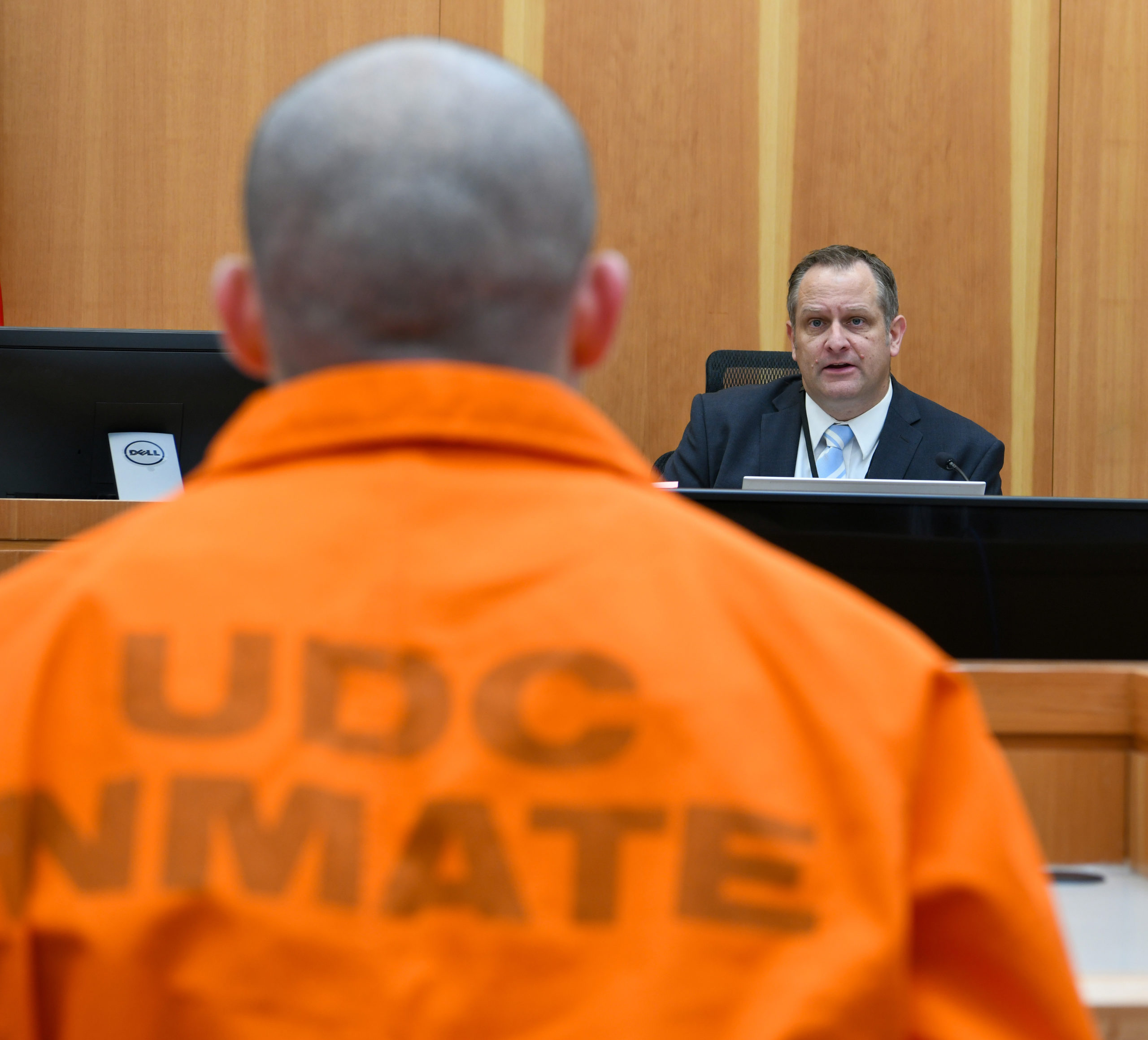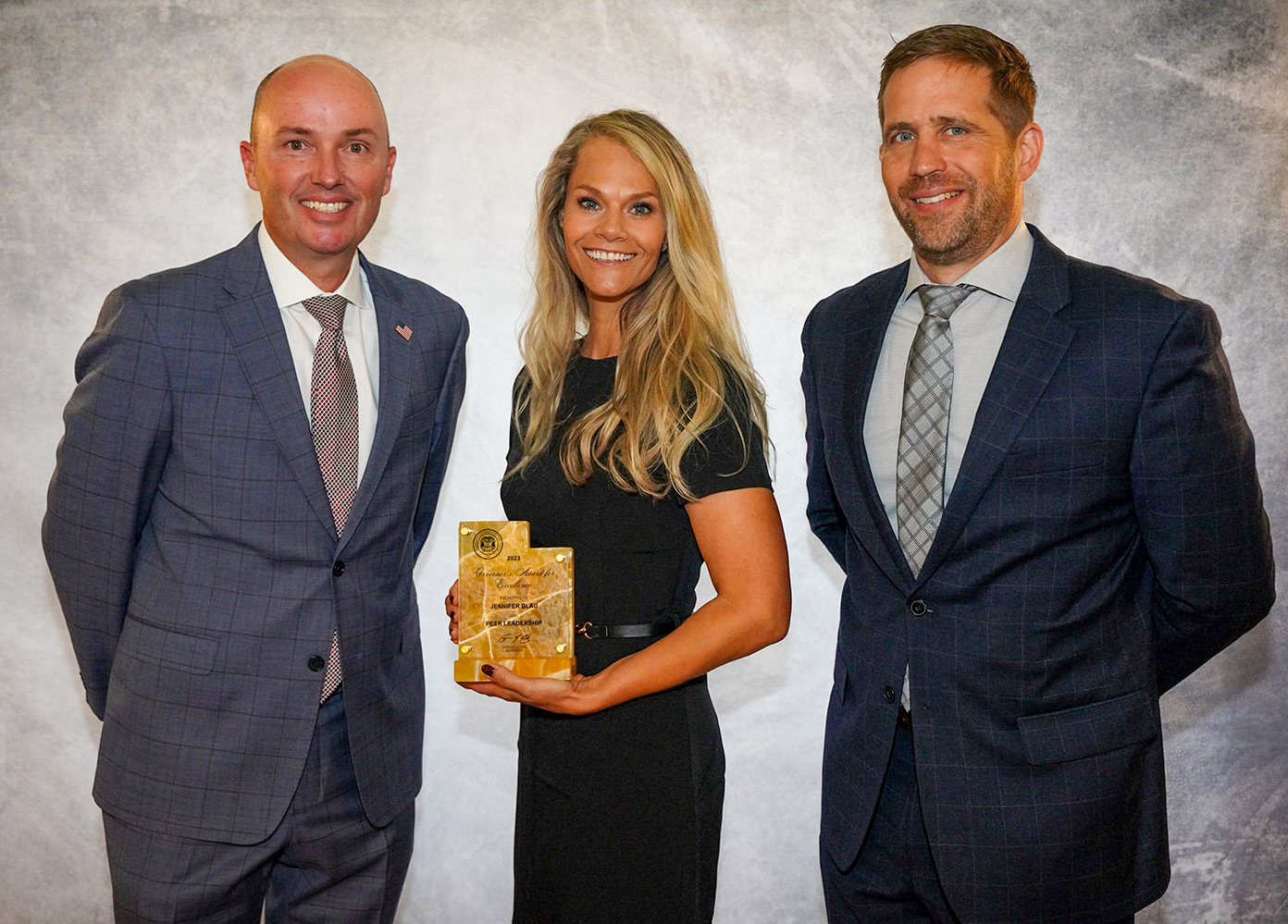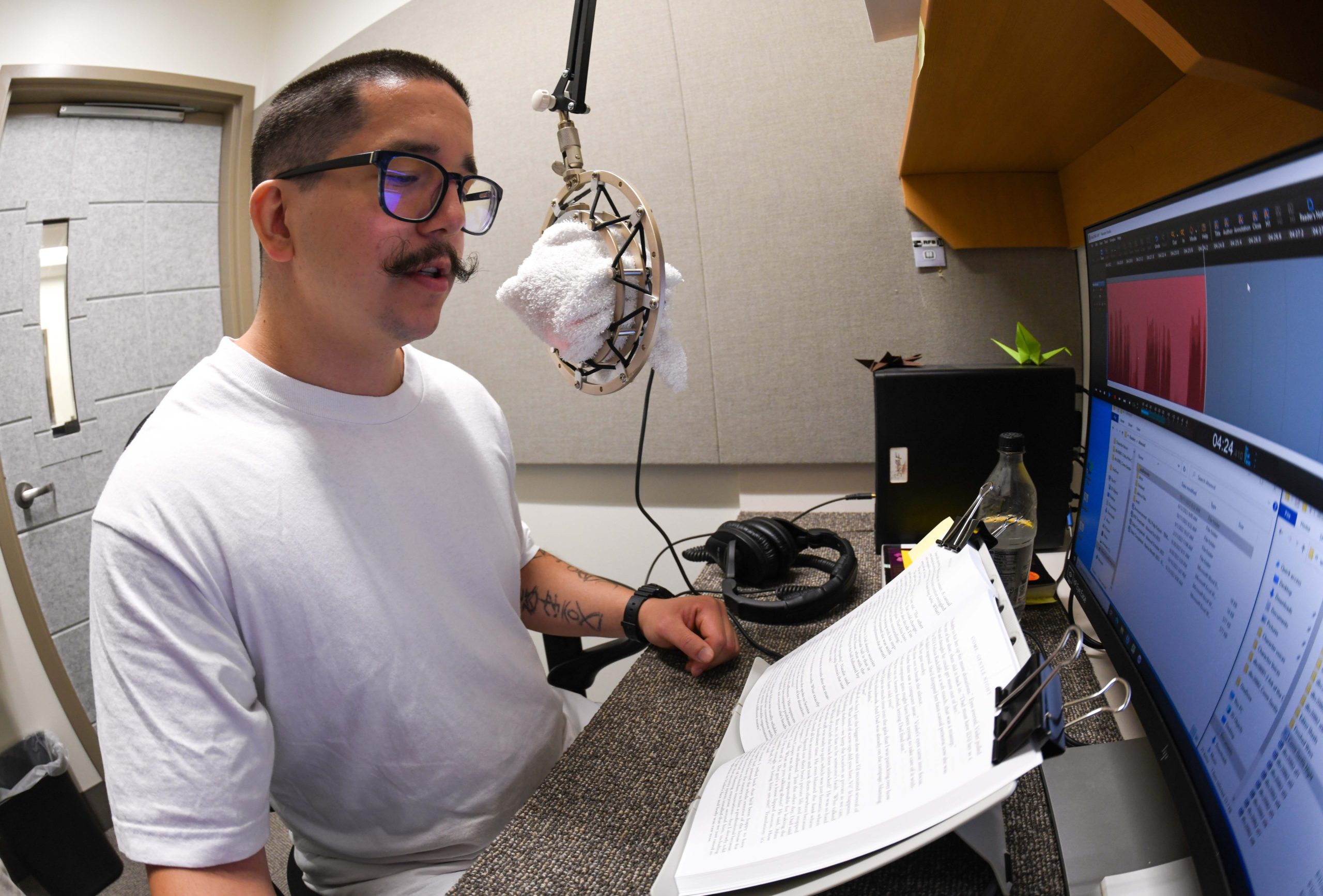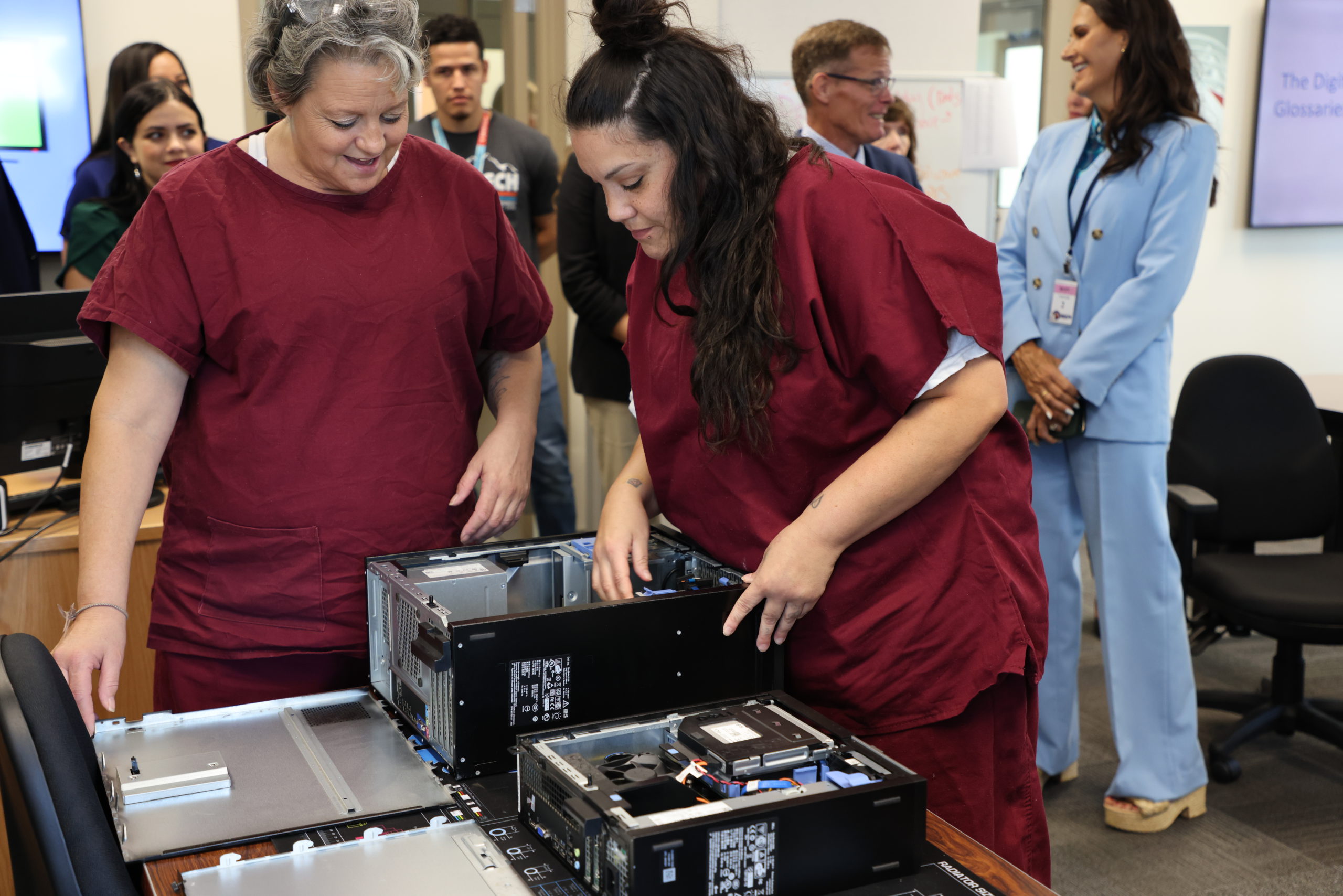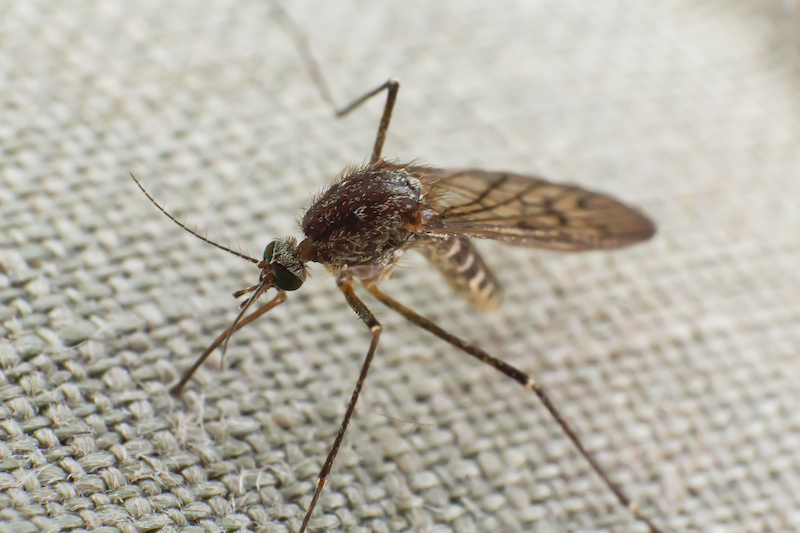06 Mar Four arrests in eight days highlights UDC drug interdiction efforts
The Utah Department of Corrections is warning visitors not to bring contraband to its facilities after four were arrested in eight days for attempting to pass drugs to inmates. In one of the more brazen cases, an incarcerated offender made a hole in the plexiglass barrier during an attempt to receive an illegal substance from a visitor. That inmate, Kevin Zamora, has been arrested by the UDC’s Law Enforcement Bureau (LEB). The visitor, Diana Cruz-Rodriguez, 26, was also arrested by LEB and booked on suspicion of having items prohibited in a correctional-mental health facility, possession of a controlled substance and damage to jails. “Those who bring drugs and other contraband to our facilities will be held accountable and we will prosecute,” said Mike Schoenfeld, director of LEB. In another incident, a visitor was observed putting an item in a crayon box used by children during visits. It was later determined to be an illegal substance. That visitor, Chirine Touati, 44, was also arrested on suspicion of having items prohibited in a correctional facility. Other arrests include Anjeliatt Flores, 20, also on suspicion of having items prohibited in a correctional facility. The fourth is being screened for charges. Thanks to new investigative techniques, Schoenfeld added officers have information on possible future “deliveries,” and are keeping an eye on specific individuals. Schoenfeld noted the presence of drugs – and the trafficking of it in a correctional facility – is a safety issue. Some groups fight for control over distribution, and there can be retribution for those who incur drug debts. There are also concerns that families with incarcerated loved ones can be threatened and extorted. “Narcotics in our prisons also lead to assaults on offenders and staff,” he said. “So, it’s not just harming those who use it, it’s a concern for everyone.” The UDC is highlighting these recent incidents to remind visitors the department will do whatever it takes to eliminate illegal drug use in its facilities. These incidents may also lead to greater restrictions on visits overall, which the department considers a vital link in keeping families with incarcerated members connected. Along with this focus on reducing the drug supply, the UDC is also dedicated to utilizing its resources to maximize treatment and rehabilitation opportunities for incarcerated individuals. We see this as a critical step in preparing them for a successful, drug-free reentry to our community....


